Novillo Line Camp, TX 2024
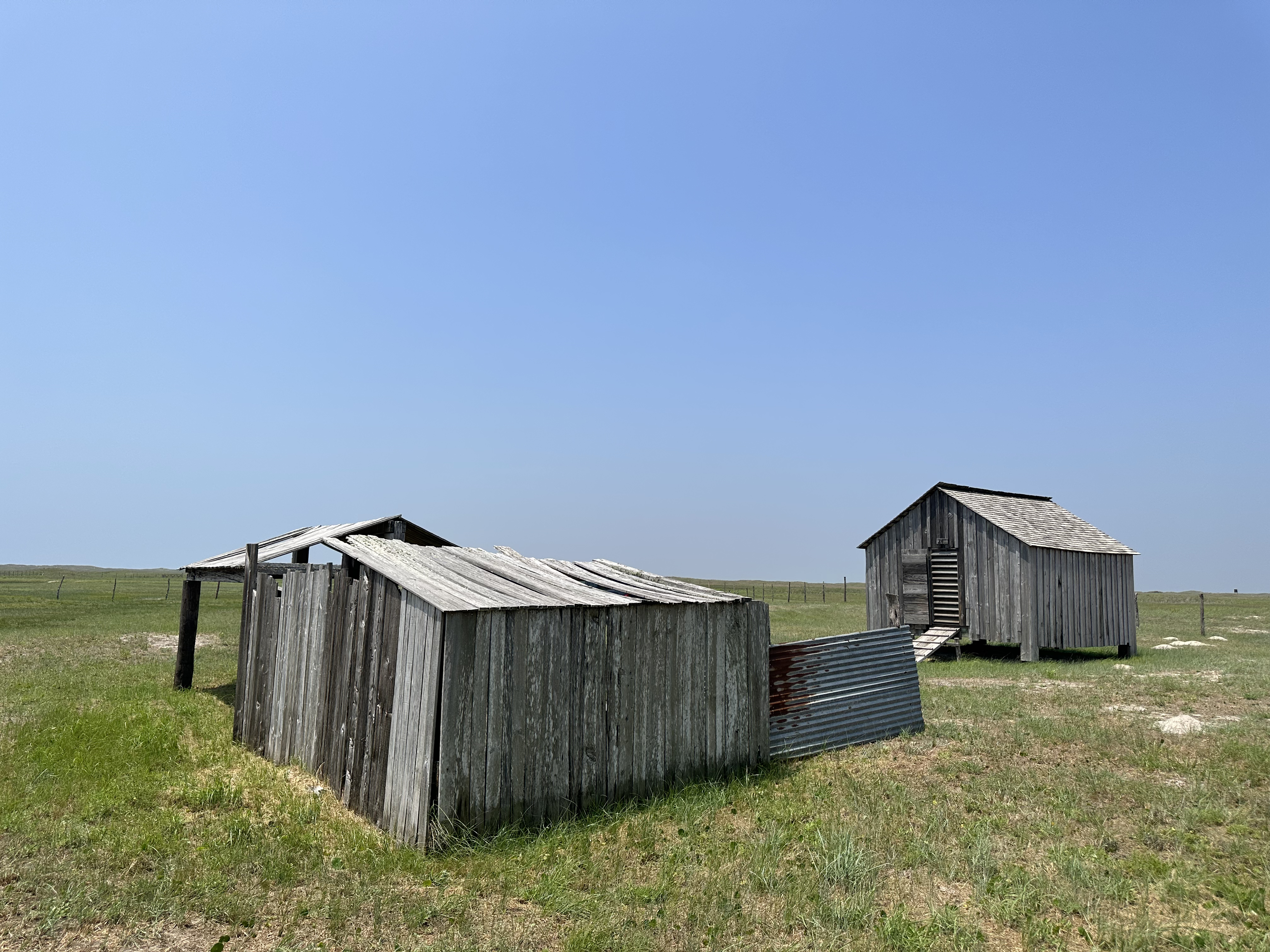
Close out the season with us in the southern gulf of Texas along the Padre Island National Seashore!
PROJECT PARTNER: Padre Island National Seashore
SESSION DATES: October 20-25
PROJECT SUPERVISOR: Pete Specht!
CREW LEADER: Sam Seltzer!
Project Site Description & History
In Texas, a thin strip of land shelters a beautiful oasis of dunes, coastal prairies, and diverse tidal mud flats. The Padre Island National Seashore (administered by the National Park Service) is the longest undeveloped barrier island in the world, and shelters the Laguna Madre from the Gulf of Mexico. On this island is the historic Dunn Ranch Novillo Line Camp, one of three cattle ranching line camps on Padre Island. In 1879, cattle rancher Patrick Dunn leased some land on Padre Island for grazing his cattle; by 1926, Dunn owned almost all of the land on the island, and had grazing right for whatever land he didn’t own. That same year, Dunn sold the land, but he and his family retained grazing rights on the island until 1971, when the last cattle were removed.
To maintain ranching on the 115-mile-long island, Dunn established four different line camps spaced across his land, aided by as many as 9 windmill system, and several below-ground water tanks. Of these original camps, three survive, with the Novillo Line Camp being the most intact. Much of the camps was constructed by various pieces of wood and overboard cargo which washed up onto the Padre Island. In 1951, the Padre Island Causeway opened up and the entire island was more accessible to motor vehicles. Novillo Line Camp became the gathering point for all Dunn Ranch Cattle until ranching operations ended.
Padre Island was formed around 3,000 B.C.E. at the earliest, and archeological evidence suggested that Native Americans have been visiting, if not inhabiting, the island since its formation. The indigenous groups who have most recently inhabited southern Texas include the Coahuiltecans (a geographic designation incorporating many small tribes and bands) and the Karankawas. The island was under Spanish political control from the early 1800s (when a Spanish priest named Padre Nicolas Balli, after whom the island is currently named, established the first permanent colonial settlement) through the Mexican Revolution of 1820. Mexico owned the island from 1821-1836, when the newly formed Republic of Texas claimed the land. Finally, the United States claimed the land in 1848, after the War with Mexico. The island has stood witness to political turmoil, dramatic shipwrecks, cattle ranching, natural flora and fauna development, and will soon home crews of dedicated volunteers!
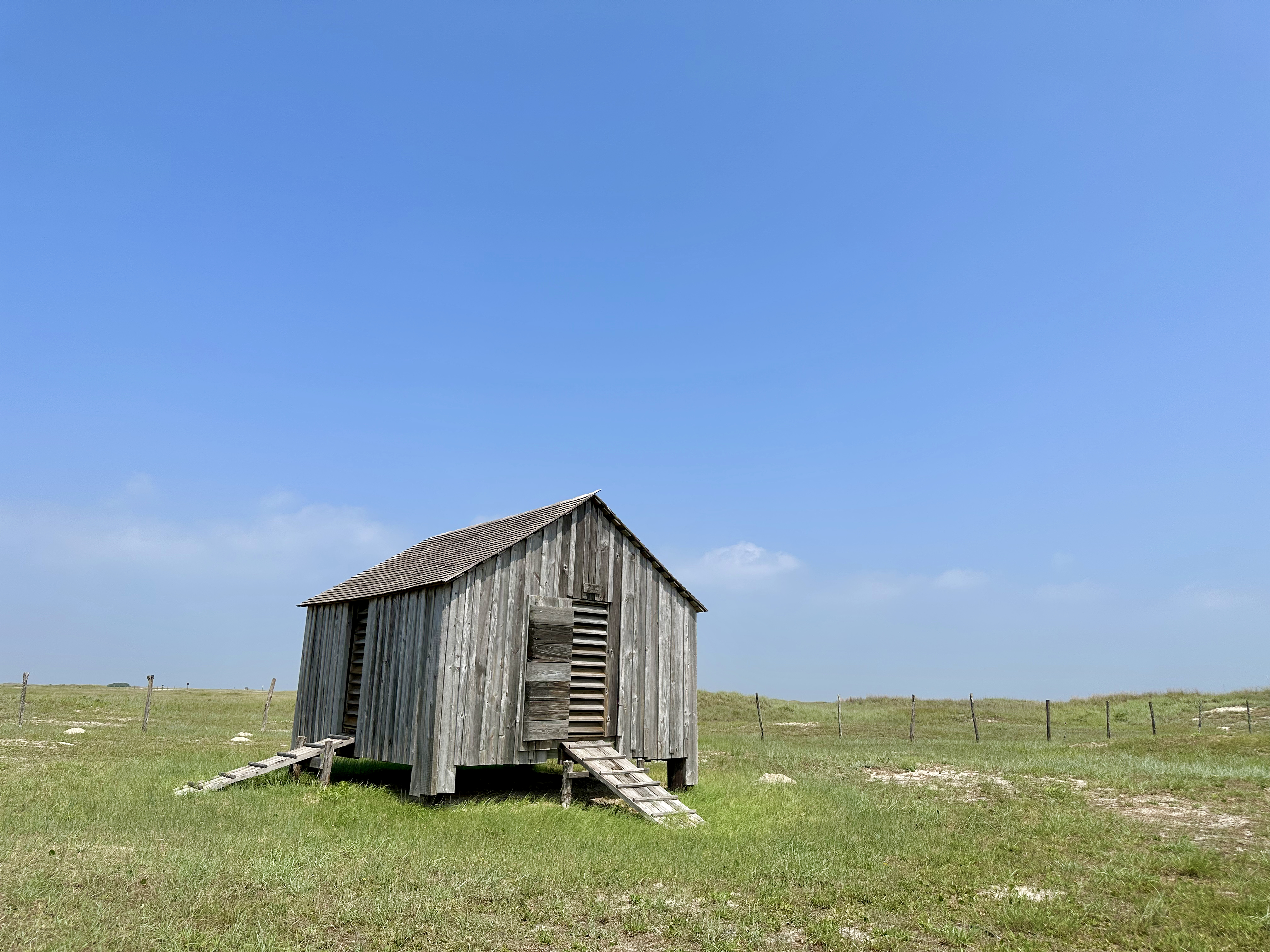
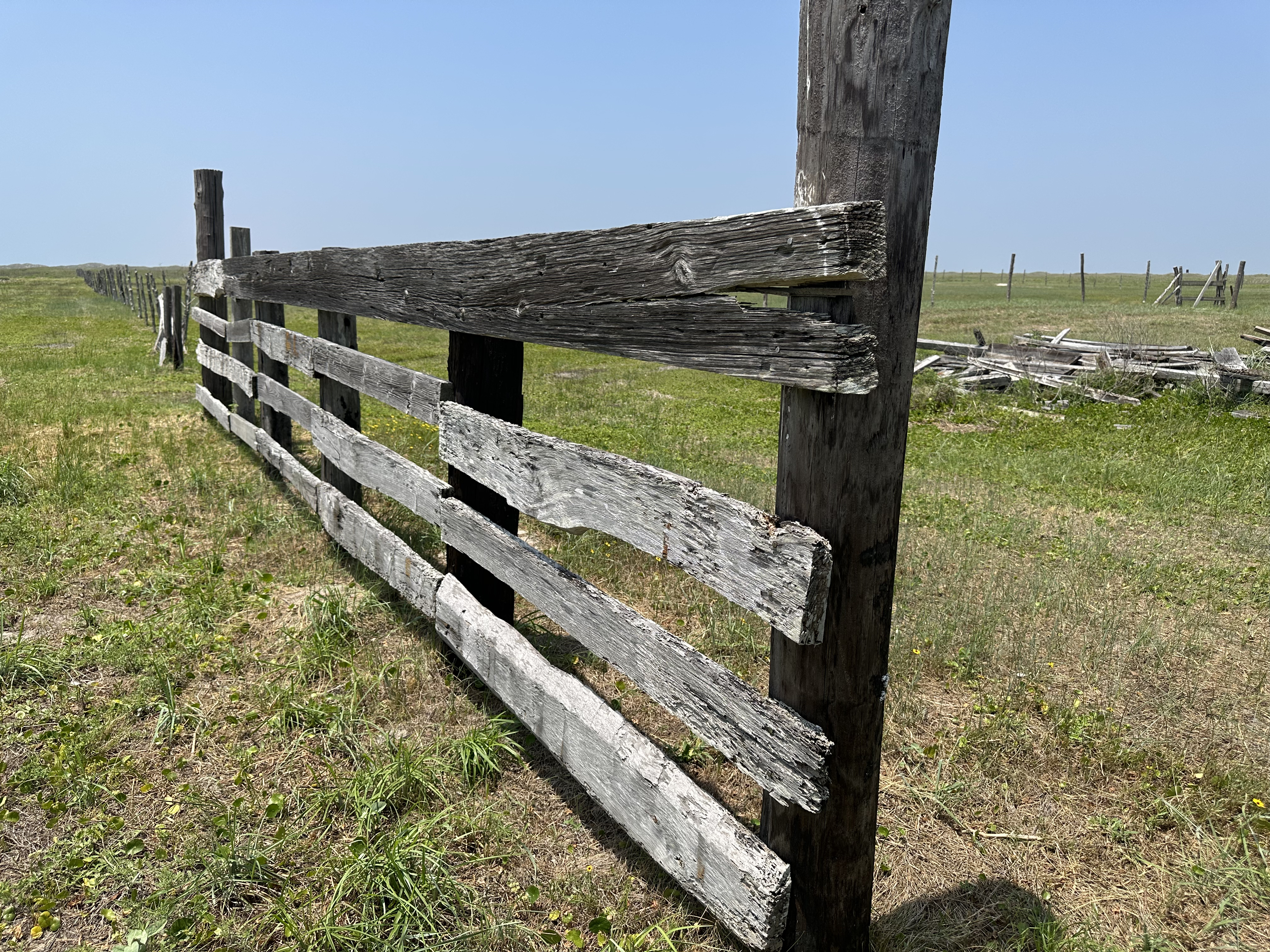
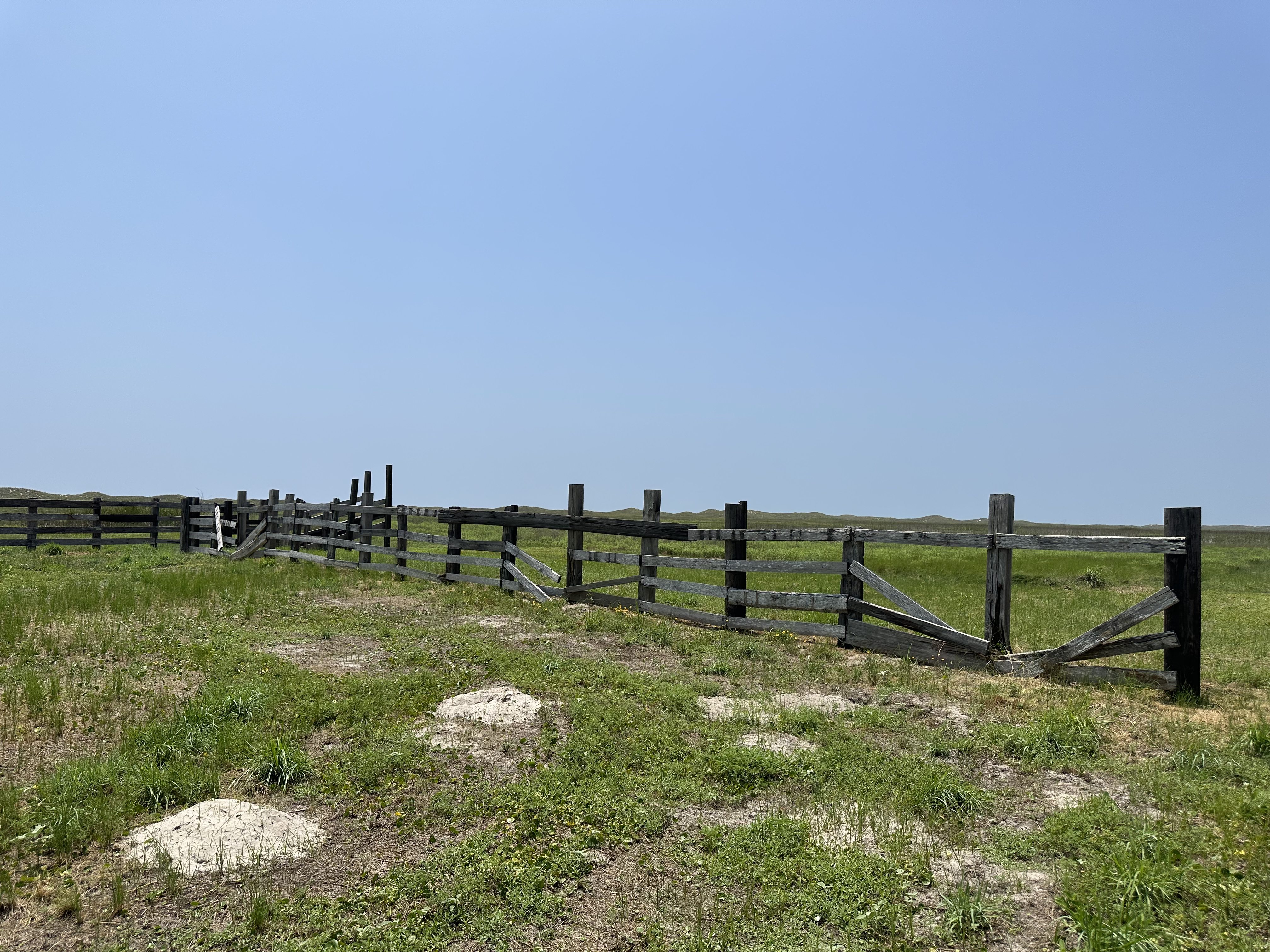
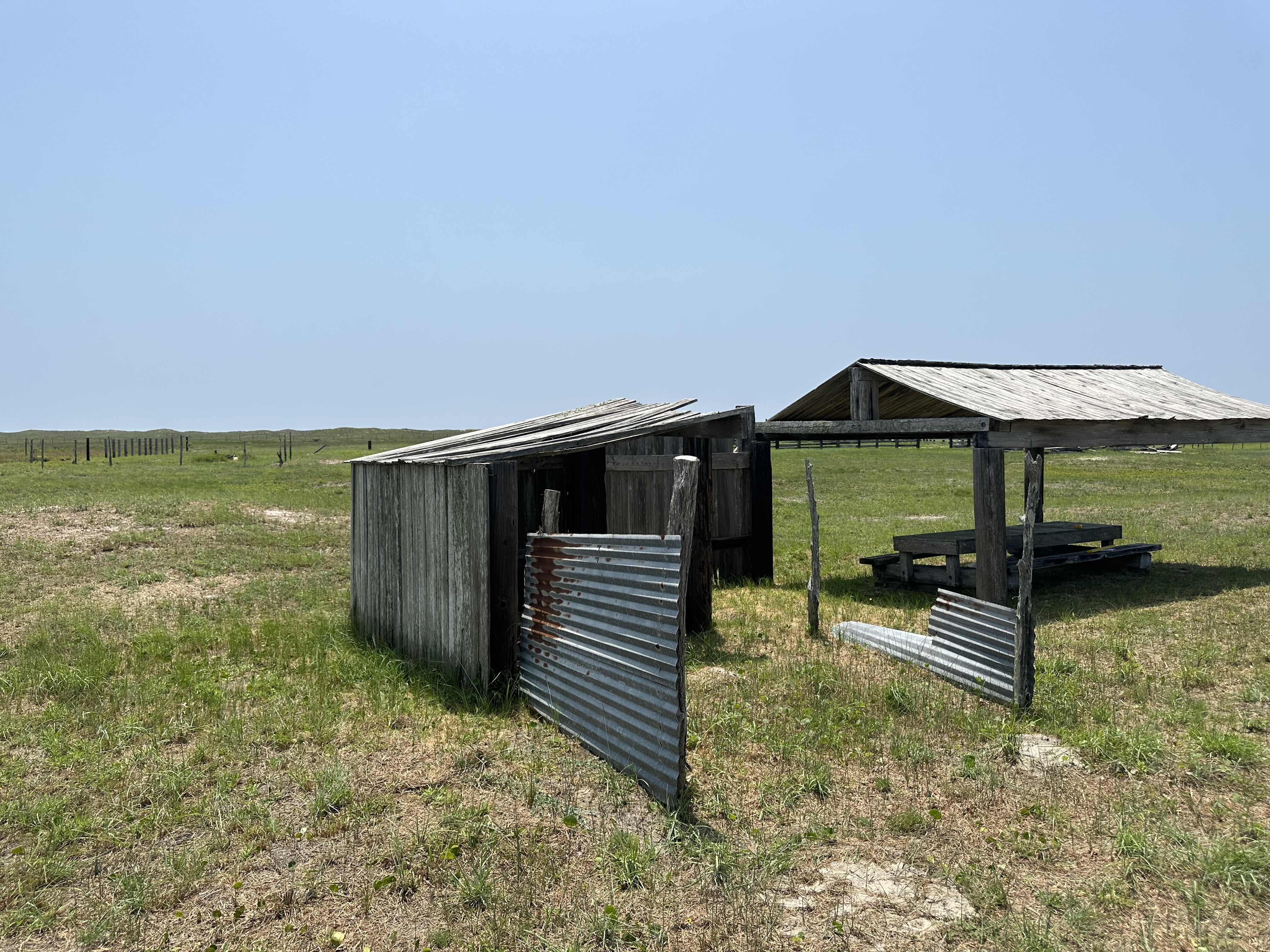
Location and Logistics
SESSION DATES: October 20-25
Please plan to arrive at the campsite no earlier than 5pm and no later than 7pm on the first day of your session.
LOCATION: Located approximately 40 minutes from downtown Corpus Christi, TX!
ACCESS: ![]()
![]()
![]()
![]()
![]()
![]()
Tents, truck-campers, campervans, trailers and RVs will have access to our campground. Showers will not be available and dogs are allowed but must be leashed.
WEATHER: Anticipate highs in the low 80s and lows in the 70s. Weather conditions may be rainy, cloudy, or sunny. Volunteers are responsible for checking weather conditions before their session begins, and packing appropriately.
Scope of Work
HistoriCorps is committed to educating and training volunteers in preservation skills, with an overarching mission of inspiring a preservation ethic in all those involved. Learning and working alongside expert HistoriCorps field staff, volunteers and applying the traditional skills necessary to restore the Novillo Line Camp :
- Salvage historic material from various buildings
- Replace historic timber pilings and with new log pilings and treat for longevity on Camp Kitchen
- Rebuild roof system and add purlins of Camp Kitchen
- Revamp historic Windbreak with historic or in-kind material
- Replace fencing posts as needed
Please note: Tasks vary by day and by week, depending on a variety of factors including: weather, project priorities, previous groups’ work, and more. Though it is likely you will get to learn and practice most or all of the above tasks, it is not guaranteed. The higher percentage of the scope a particular task is, the more likely you will get to practice it.
Sign Up!
We’re thrilled this project has inspired you to volunteer!
CLICK HERE TO REGISTER!
Visit our Job Calendar to see spaces are available!
*All registrations submitted to projects at capacity will be automatically added to our waitlist.*
CANCELLATIONS effect our ability to complete projects. Please register only if you are certain about your ability to participate.
You will know your registration was successful when you receive a confirmation email. Contact volunteer@historicorps.org for assistance.
HistoriCorps does not charge for its volunteering projects. HistoriCorps relies on donations to continue engaging volunteers to save significant historical sites across America for generations to come. Your donation of any amount will make an incredible difference! Increase your impact – make a generous gift today.
Volunteer Logistics, Policies, and Advice
We’re so glad you’re interested in joining this project! If you’re new to our community, review the Volunteer FAQ first! Please note the following logistics and policies:
- Volunteering with HistoriCorps is free! We will provide all meals, tools, training, equipment, and a campsite or shared indoor lodging. Dinner is not provided on the first night.
- Volunteers are responsible for bringing their own gear, work gloves, sturdy work clothes and boots, and appropriate sleeping equipment. Check the average temperatures before you start packing – the nights and mornings may be colder than you anticipate! Then, read this advice about how to stay warm when tent camping in colder places.
- Campsite accessibility varies by project. Some projects can accommodate tents only; others can accommodate small RVs. Please review the project site description above for more information, and if you’re still not sure, email volunteer@historicorps.org for help.
- If this project does not offer showers, you might want to consider bringing a solar shower or research other methods to clean up after the work day.
- Volunteer crew sizes generally range from 4-8 volunteers, with two HistoriCorps staff that lead and train volunteers in the work.
- Safety is one of HistoriCorps’ top priorities, and volunteers can contribute to a safe working environment by ensuring their physical fitness is adequate for the work. See above for this project’s scope of work and difficulty level. Please, call us if you are not quite sure if a project is a good fit for your skills or fitness level. We may be able to suggest a project more suitable and enjoyable for you.
- Hard hats, eye protection, ear protection, gloves are standard personal protection equipment (PPE) required on all projects. Hard hats must be worn at all times on the project site, unless working in a designated safe space. Field staff will train volunteers on correct use of PPE.
- Dogs are generally allowed to accompany their humans in project campsites (actually, we love having dogs join us around the campfire!). Dogs are not permitted on the job site for everyone's safety. HOWEVER: HistoriCorps also follows the rules and regulations of our project partner. If the project partner does not permit dogs onsite then HistoriCorps is no exception. Please ask HistoriCorps or the project partner directly if you have any questions about whether Fido is welcome.

